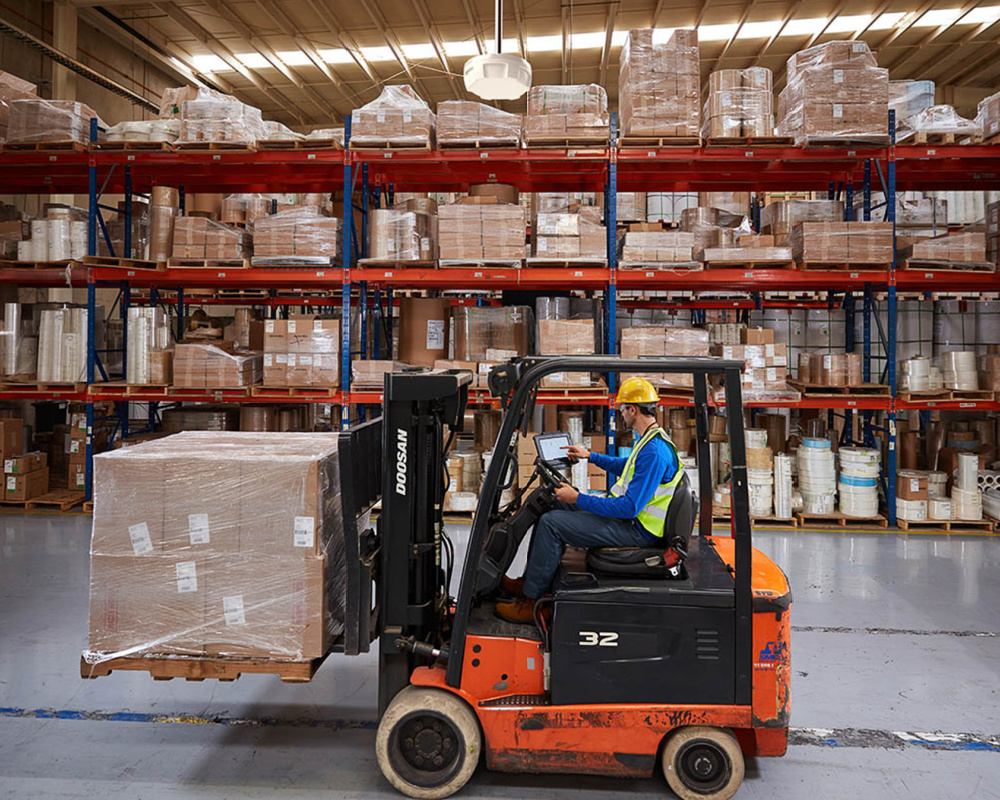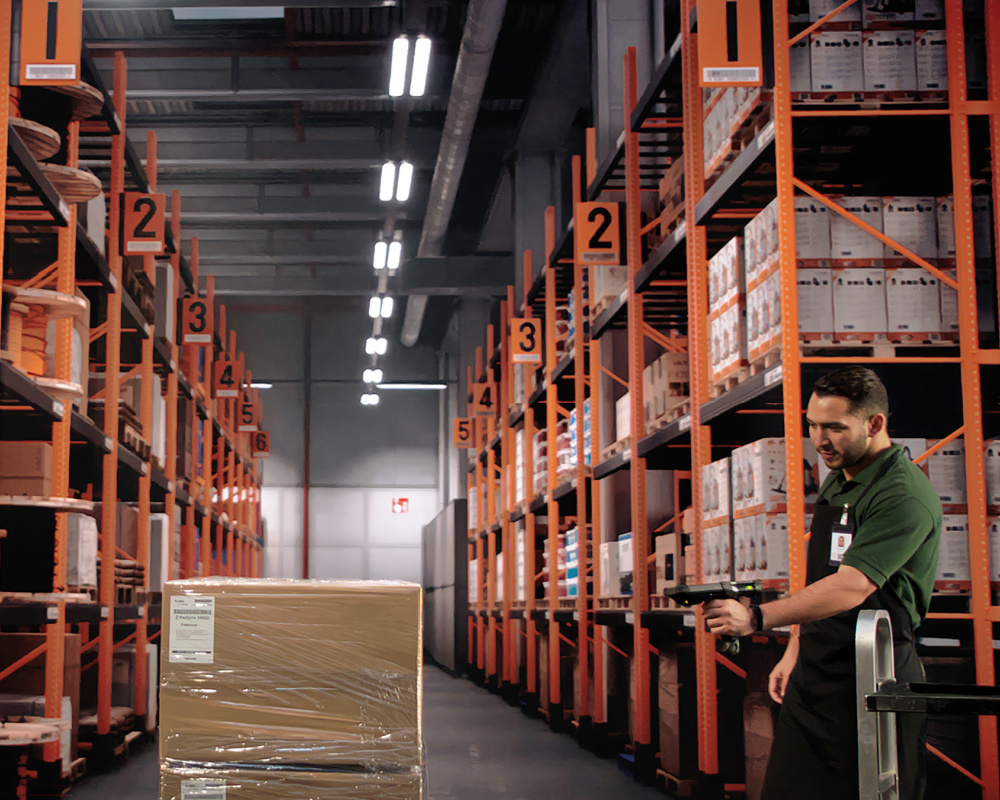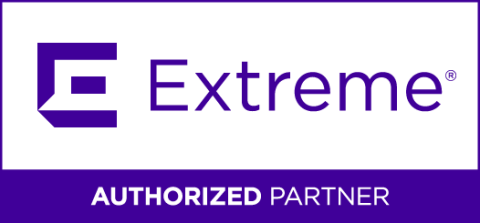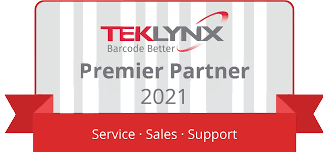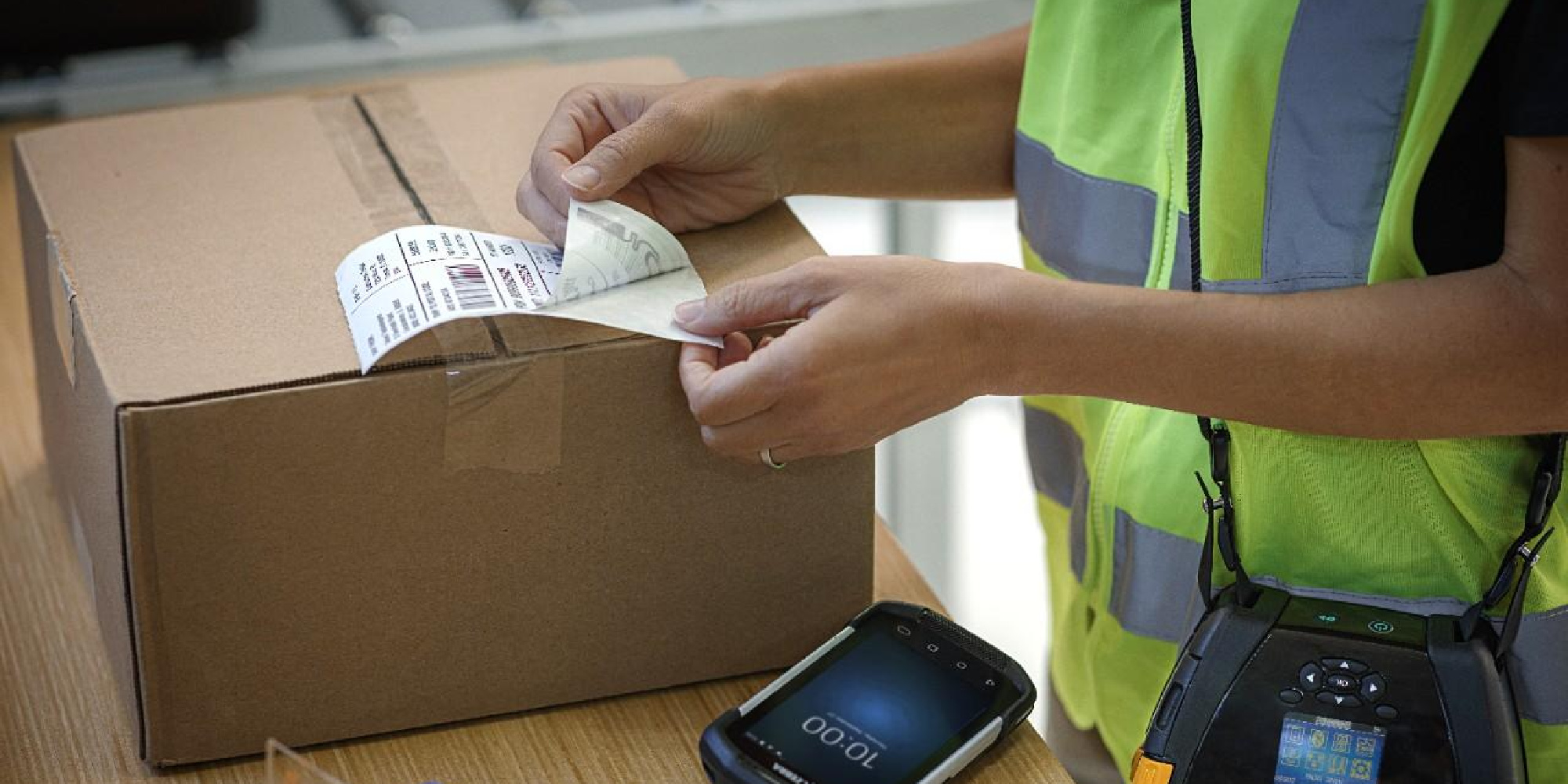
In today’s fast-paced business landscape, where efficiency, accuracy, and visibility are paramount, Radio Frequency Identification (RFID) technology has emerged as a game-changer for various industries. Whether it’s tracking inventory in retail stores, managing assets in healthcare facilities, or optimizing supply chain operations in manufacturing plants, RFID labels and tags play a pivotal role in enabling seamless data capture and management. However, with a plethora of RFID options available, choosing the right label or tag requires careful consideration of several key factors. In this comprehensive guide, we will delve deeper into the essential aspects you need to consider when selecting the perfect RFID label or tag to meet your specific business needs.
Selecting the Right RFID Labels or Tags: A Comprehensive Guide
-
Understanding RFID Technology: Before diving into the selection process, it’s crucial to grasp the fundamental principles of RFID technology. RFID systems consist of RFID tags or labels, RFID readers, and backend software systems. The RFID tags, equipped with an integrated circuit (chip) and an antenna, communicate with RFID readers via radio waves to transmit and receive data, facilitating seamless asset tracking and management.
-
Application-Specific Requirements: One of the first steps in choosing the right RFID label or tag is understanding the unique requirements of your application. Consider factors such as the type of items or assets you need to track, the operating environment (e.g., indoor, outdoor, temperature fluctuations), the required read range, and any industry-specific regulations or compliance standards that need to be met.
-
Unique Identifiers: If you need to track items with unique identifiers or encode specific information on the tags, choose tags that support these requirements.
-
Customization: Some applications may require customized RFID tags with specific features or capabilities. Work with tag vendors to develop customized solutions tailored to your needs.
-
-
RFID Frequency Bands: RFID tags operate at different frequency bands, each offering distinct advantages suited for specific applications. Low Frequency (LF), High Frequency (HF), and Ultra-High Frequency (UHF) are the primary RFID frequency bands. LF tags are ideal for short-range applications, HF tags offer better penetration of materials, and UHF tags provide long-range capabilities suitable for inventory management and logistics.
-
Low Frequency (LF): Typically operates at 125 kHz and is suitable for short-range applications such as access control, animal tracking, and proximity cards.
-
High Frequency (HF): Operates at 13.56 MHz and offers a good balance between read range and tag size. HF RFID is commonly used in applications like payment cards, public transportation, and library book tracking.
-
Ultra-High Frequency (UHF): Operates at frequencies ranging from 860 MHz to 960 MHz and provides longer read ranges, making it ideal for inventory tracking, supply chain management, and asset tracking in large warehouses.
-
-
Tag Form Factors and Mounting Options: RFID tags come in various form factors and mounting options to accommodate diverse application needs. From adhesive labels and hang tags to rugged hard tags and specialty form factors, choose a tag design that aligns with the size, shape, and material of the items being tracked. Additionally, consider mounting options such as surface mounting, embedding, or attaching to ensure optimal tag placement for reliable performance.
-
Material Compatibility: Different materials can affect RFID tag performance. For example, metal and liquid can interfere with RFID signals, so special RFID tags designed for these environments may be required.
-
Item Size: Choose tags that are suitable for the items you need to tag. For example, small and flexible tags are suitable for tagging clothing and other soft goods, while larger tags may be required for tracking pallets or containers.
-
Mounting Options: Consider how the tags will be mounted on items. Some tags come with adhesive backing for easy attachment to surfaces, while others may require special mounting hardware or enclosures.
-
-
Read Range and Performance: The read range of RFID tags refers to the distance at which they can be detected and read by RFID readers. Factors such as tag frequency, antenna design, and environmental conditions influence the read range and performance of RFID tags. Conduct thorough testing to determine the optimal tag configuration and positioning to achieve the desired read range while minimizing interference and signal attenuation.
-
Durability and Environmental Resistance: For applications in challenging environments or outdoor settings, durability and environmental resistance are critical considerations. Choose RFID tags with robust construction and ingress protection (IP) ratings to withstand exposure to moisture, dust, temperature extremes, and physical impact. Additionally, opt for tags with UV-resistant materials for prolonged outdoor use without degradation.
-
Environmental Conditions: If tags will be exposed to harsh conditions such as extreme temperatures, moisture, or chemicals, choose tags that are designed to withstand these conditions.
-
Durability: Select tags that are durable enough to withstand handling, transportation, and storage without degradation in performance.
-
-
Data Storage and Encoding Options: RFID tags can store varying amounts of data, ranging from a unique identifier (Electronic Product Code – EPC) to additional information such as product details, batch numbers, and expiration dates. Evaluate your data storage and encoding requirements to select RFID tags with sufficient memory capacity and encoding options to accommodate your data storage needs.
-
Regulatory Compliance and Standards: Ensure that the RFID tags you choose comply with relevant regulatory standards and industry specifications to avoid potential compliance issues. Depending on your industry and geographic location, there may be regulations governing RFID frequency bands, transmission power levels, and data encryption requirements. Choose RFID tags that adhere to applicable standards to ensure interoperability and compliance with regulatory requirements.
-
Integration with Existing Systems: Consider the compatibility and ease of integration of RFID tags with your existing RFID infrastructure, including RFID readers, middleware, and backend software systems. Choose RFID tags that support common communication protocols and data formats to facilitate seamless integration with your existing systems and workflows. Additionally, ensure that the chosen RFID tags are compatible with your chosen RFID reader technology to maximize system interoperability and performance.
-
Total Cost of Ownership (TCO) Considerations: While upfront costs are a significant factor in selecting RFID tags, it’s essential to consider the total cost of ownership (TCO) over the tag’s lifecycle. Evaluate factors such as tag durability, reliability, maintenance requirements, and scalability to determine the long-term value and return on investment (ROI) of RFID tags. A comprehensive cost-benefit analysis will help you make informed decisions and choose RFID tags that offer the best balance of performance and affordability.
Ready to Start Using the Right RFID Label or Tag?
Choosing the right RFID label or tag is a strategic decision that can significantly impact the success and effectiveness of your RFID deployment. By considering factors such as RFID frequency bands, application-specific requirements, environmental conditions, and integration capabilities, you can select RFID tags that align with your business objectives and deliver optimal performance in your unique operational environment. With careful planning and thorough evaluation, you can leverage RFID technology to enhance visibility, streamline operations, and drive business growth across various industries. Take action today and Contact a ValuTrack Technology Specialist to figure out which RFID label or tag best meets your requirements.
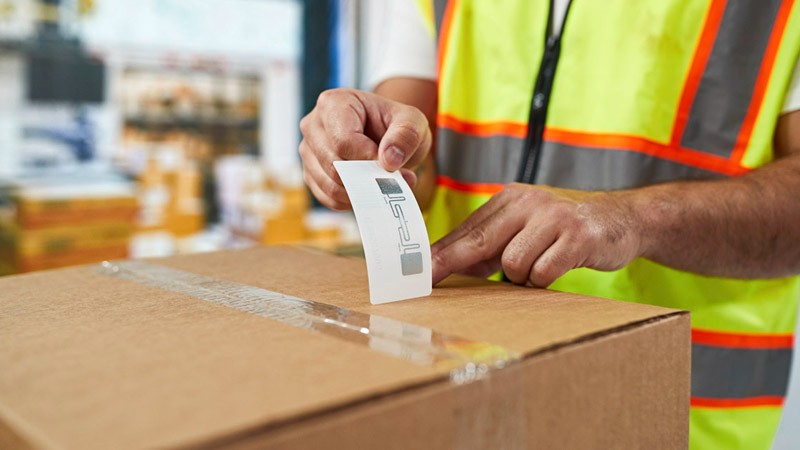
Explore ValuTrack’s RFID Label and Tags Solutions
A successful RFID solution requires a high-performing thermal label and inlay. ValuTrack is your trusted expert in all things RFID. We offer end-to-end RFID solutions – including pre-tested RFID labels and tags made with the right materials and adhesives, along with the highest-performing inlays and chips – customized for your application. Choose from the widest selection of in-stock items, ready to ship within 24 hours or we can manufacture a solution to meet the requirements of your application.
We’re Here to Help
Contact us to Start the Modernization Process
Looking for more information about a specific technology solution? Feel free to ask us about pricing, data sheets, and demos, or schedule a free in-person/online consultation for strategic guidance from one of our experts.
Fill out the inquiry form or contact us to start the process.
Selecting the Right RFID Labels Selecting the Right RFID Labels Selecting the Right RFID Labels

